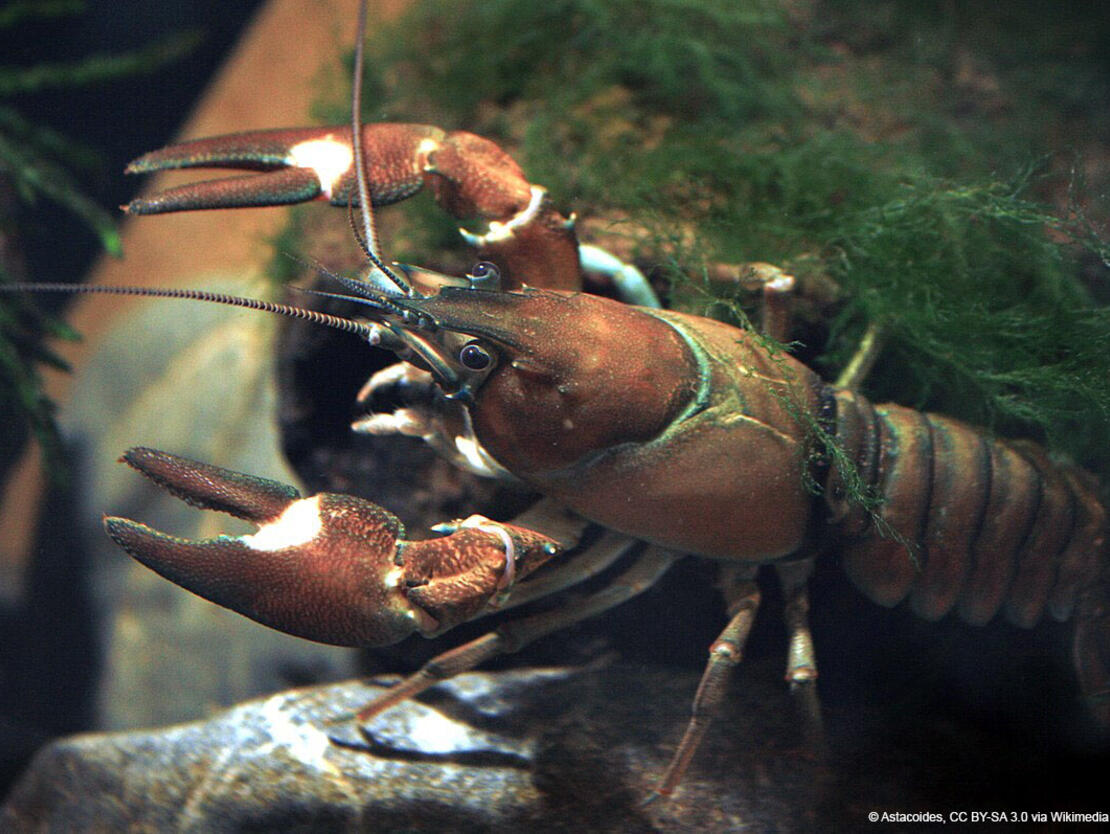IUCN launches new call for proposals to address Invasive Alien Species in Europe – International Union for Conservation of Nature

European Union Rapid Response Fund for Invasive Alien Species
Overview of the Funding Initiative
Funded by the European Union, the Rapid Response Fund aims to provide targeted, fast-track grants to address the threat posed by invasive alien species (IAS) across Europe. This initiative supports early detection, swift eradication, and coordinated response measures to prevent small-scale invasions from escalating into large-scale ecological and economic crises.
Significance in Relation to Sustainable Development Goals (SDGs)
- SDG 15: Life on Land – By combating invasive alien species, the fund directly contributes to the protection, restoration, and sustainable use of terrestrial ecosystems and biodiversity.
- SDG 13: Climate Action – Early intervention helps maintain ecosystem resilience, which is critical in adapting to climate change impacts.
- SDG 12: Responsible Consumption and Production – Preventing ecological damage reduces economic losses and promotes sustainable management of natural resources.
Impact of Invasive Alien Species in Europe
Invasive alien species, defined as non-native plants, animals, or microorganisms, are among the leading causes of biodiversity loss and ecosystem disruption globally. Within the European Union, IAS are responsible for estimated damages amounting to USD 28 billion annually, highlighting the urgent need for effective management and rapid response.
Funding Details and Eligibility
- Grant Amounts: €10,000 to €50,000 per project.
- Project Duration: Up to 12 months.
- Focus Areas: Early stages of invasion by alien animal, plant species, and macroalgae with high potential for spread and ecological harm.
- Geographical Eligibility: Organisations operating within the European Union. EU overseas countries and territories are generally not eligible, except for the Canary Islands, the Azores, and Madeira.
Alignment with EU Regulations and Member State Obligations
This funding initiative supports the implementation of the EU Regulation on Invasive Alien Species by assisting Member States in fulfilling their obligations for rapid response and long-term management of IAS. It fosters collaboration and coordinated action, essential for achieving sustainable ecosystem management in line with the SDGs.
Additional Information
For more details on the call for proposals and application procedures, please visit the official page here.

1. Sustainable Development Goals (SDGs) Addressed or Connected
- SDG 14: Life Below Water
- The article addresses invasive alien species (IAS) including aquatic species such as macroalgae, which impact marine ecosystems.
- SDG 15: Life on Land
- IAS are a leading driver of biodiversity loss and ecosystem disruption on land, which is a core concern of SDG 15.
- SDG 13: Climate Action
- While not explicitly mentioned, rapid response and management of IAS contribute to ecosystem resilience, indirectly supporting climate adaptation efforts.
- SDG 17: Partnerships for the Goals
- The funding initiative is a collaborative effort funded by the European Union, supporting coordinated responses across Member States.
2. Specific Targets Under Those SDGs Identified
- SDG 14
- Target 14.2: Sustainably manage and protect marine and coastal ecosystems to avoid significant adverse impacts, including from invasive species.
- SDG 15
- Target 15.8: Introduce measures to prevent the introduction and significantly reduce the impact of invasive alien species on land and water ecosystems.
- Target 15.1: Ensure the conservation, restoration, and sustainable use of terrestrial and inland freshwater ecosystems.
- SDG 17
- Target 17.16: Enhance the global partnership for sustainable development, including multi-stakeholder partnerships.
3. Indicators Mentioned or Implied to Measure Progress
- Indicator for Target 15.8:
- Number of invasive alien species detected early and eradicated before causing large-scale ecological damage.
- Funding amounts and number of projects supported for rapid response to IAS.
- Indicator for Target 14.2:
- Extent of marine and coastal ecosystems affected by invasive alien species.
- Indicator for Target 17.16:
- Number of coordinated actions and partnerships among EU Member States for IAS management.
4. Table of SDGs, Targets, and Indicators
| SDGs | Targets | Indicators |
|---|---|---|
| SDG 14: Life Below Water | 14.2: Sustainably manage and protect marine and coastal ecosystems to avoid significant adverse impacts, including from invasive species. | Extent of marine and coastal ecosystems affected by invasive alien species. |
| SDG 15: Life on Land |
15.8: Prevent introduction and significantly reduce impact of invasive alien species. 15.1: Conservation, restoration, and sustainable use of terrestrial and freshwater ecosystems. |
Number of invasive alien species detected early and eradicated. Funding amounts and number of rapid response projects. |
| SDG 17: Partnerships for the Goals | 17.16: Enhance global partnership for sustainable development, including multi-stakeholder partnerships. | Number of coordinated actions and partnerships among EU Member States for IAS management. |
Source: iucn.org








